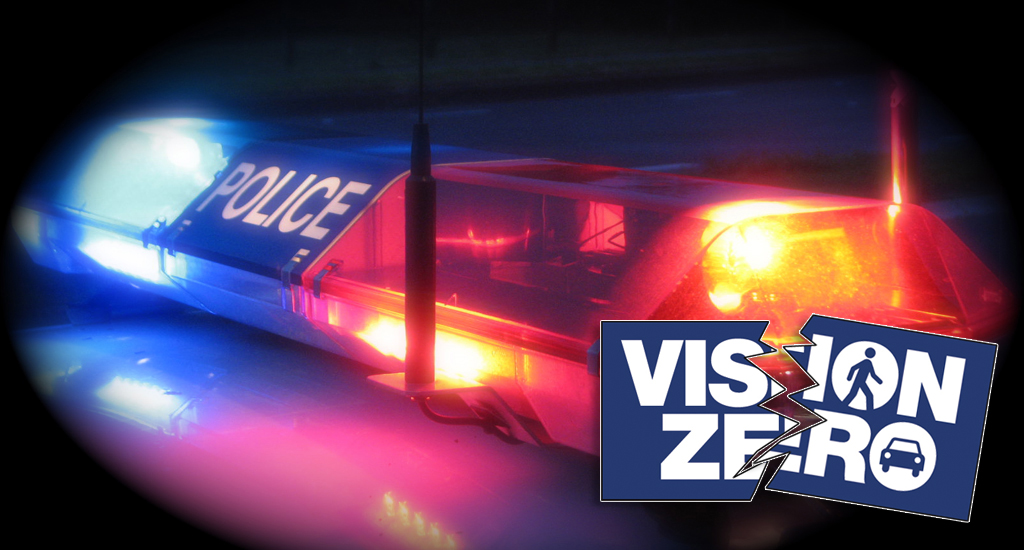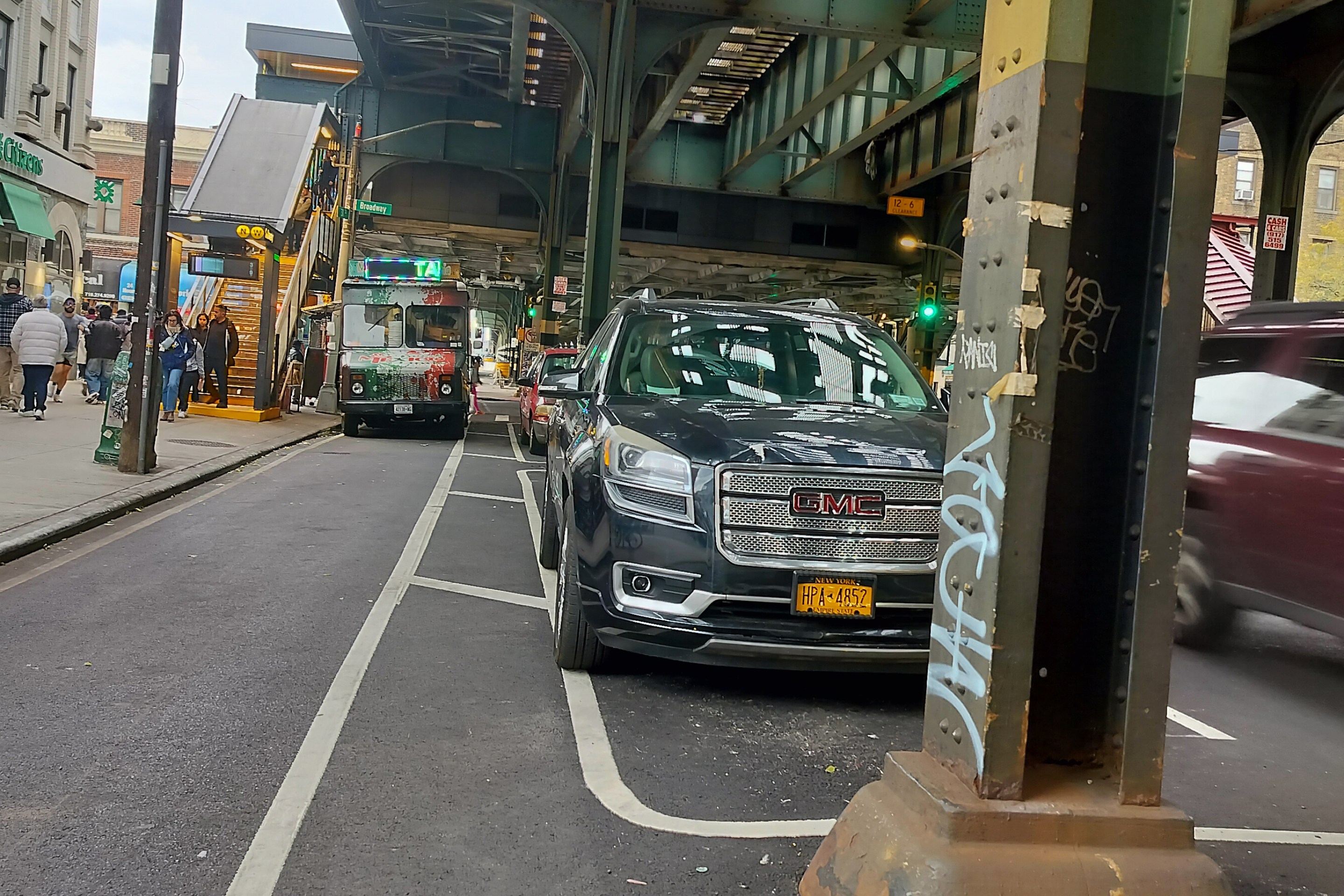There were more traffic deaths in the first half of 2024 than the first six months of any year since former Mayor Bill de Blasio launched the city's "Vision Zero" initiative in 2014, according to a new report — and policymakers at the Department of Transportation believe that increased speeding is to blame.
Overall 127 people died in car crashes in the city through June 30 — 46 percent more than historic lows reached in 2018 under de Blasio, the analysis of city data by Transportation Alternatives found. For comparison, 87 people had died in traffic crashes through the first six months of 2018, according to city data.
This year's six-month tally included 12 cyclists, 61 pedestrians and 51 people traveling in cars or on motorcycles or mopeds, the report said. The number of cyclist deaths was 20 percent higher than Vision Zero period average, while the 61 pedestrian deaths reflect a 27-percent spike from 2023.
"More people have been killed by cars this year than any other in the past decade," said Goudy Fonfrias, a member of Families for Safe Street whose mother Martina Sanchez-Alcantara died at the hands of a hit-and-run drive while she crossed the Grand Concourse in the Bronx in April.
"There aren't just statistics — every single one is a person with a family, friends, and a community, just like my mother," Fonfrias said.
Standing at the corner of E. 106th Street and First Avenue, where drivers killed one person and injured two others this year, 34-year-old mom Mikayla Lopez said she avoids the area because she witnessed someone nearly run over there.
"They were trying to beat the light, and the car was coming fast," Lopez said.
Fatalities also increased in the first six months of the year in the Manhattan tolling zone where the MTA was supposed to start charging congestion pricing on June 30 — until Gov. Hochul put the kibosh on the long-planned fees. The expected 17 drop in car cars in the CBD would have allowed city officials more space to reclaim for pedestrians, cyclists and other safety features.
Four more people died in the congestion zone in July — all of them victims of the horrific July 4 drunk driving crash caused by an unlicensed driver behind the wheel of an unregistered vehicle.
"I make sure my 8-year-old and 9-year-old kids are safe by making them hold my hand extra tight," Hernan Flores, 42, told Streetsblog when approached at the corner of 14th Street and Third Avenue, inside the congestion zone.
"You never know when a car can speed up, and usually I wait for other people to start crossing too."
In the three weeks following the period analyzed for the report, at least 13 people died in car crashes in the city, according to the Department of Transportation, which attributed the uptick in tragic crashes to increased speeding by drivers — a phenomenon that began with the onset of the Covid-19 pandemic in 2020.
At least seven of the half-year's pedestrian fatalities so far involved speeding, exceeding the the three-year average of 10 in 12 months, according to DOT.
Fatalities only tell part of the story — pedestrian injuries are also up, according to NYPD data, by nearly 5 percent year-over-year.
The challenge of speeding drivers persists as the City Council punts on new anti-speeding powers authorized in "Sammy's Law" by the state legislature earlier this year. While Sammy's Law authorized the Council to lower the citywide speed limit to 20 miles per hour, Speaker Adrienne Adams has shown little interest in doing so.
"Each Council member is going to have to weigh in on how they feel it should be enacted or should not be enacted in their district," the speaker said last week — effectively implying that speed limits would stay high in certain areas.
DOT, in contrast, has used its new authority to lower speed limits at certain locations — the agency plans to do so at 201 locations by the end of the year.
“One traffic fatality is too many. Under Vision Zero, the city has approached traffic safety holistically through the engineering of our streets, public education, and enhanced traffic enforcement," DOT rep Nick Benson said in a statement.
Additional reporting by Jackie Zamora






